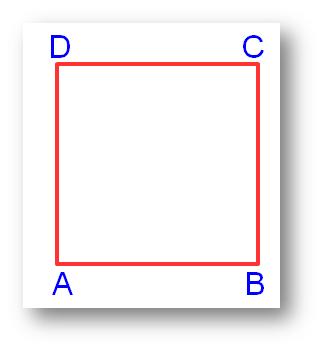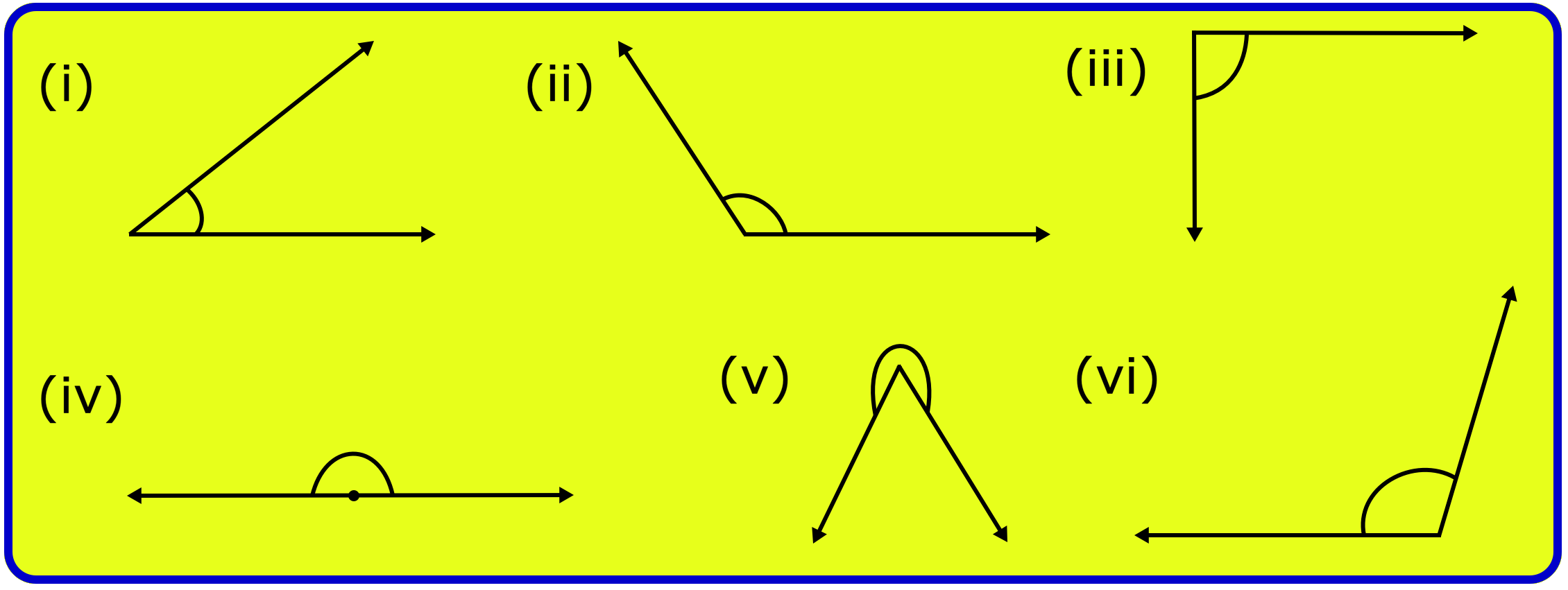Subscribe to our YouTube channel for the latest videos, updates, and tips.
Home | About Us | Contact Us | Privacy | Math Blog
Change of Subject of Formula
In previous topic of this chapter we have learnt about the subject in a formula. We know that a formula has both known and unknown quantities in it and the unknown quantity that we need to find using the hints and values of known quantities in the given question is said to be the subject of the formula.
Under this topic we will learn to change the subject of the formula. A formula can be given in any form but to change the subject we have to identify the known and unknown quantities given in the question. In some cases, the formula we know can directly be applied in order to get the value of the unknown quantity but in some cases we need to change the subject of the formula and then find the unknown quantity using the hints and known values. To change the subject of the formula, all we need to apply are simple mathematical operators such as addition, subtraction, division and multiplication.
Let us take an example to understand the concept in a better way.
1. We all know the following newton’s equation of motion;
v = u + at
where v = final velocity of the particle
u = initial velocity of the particle
a = acceleration of the particle
t = time taken by the particle to accelerate
here final velocity of the particle, i.e., is the subject of the formula.
Suppose we want to change the subject to ‘t’, then:
Step I: subtract ‘u’ from both sides of the equation.
v – u = u + at – u
⟹ v – u = at
Step II: Divide both sides of the equation by ‘a’:
v–ua = at/t
⟹ v–ua = t
Above equation is the required equation in which the subject is ‘t’.
In this way subject of an equation can be changed from one form to another.
Let’s have a look on another example of changing subject of formula:
2. considering another equation of newton’s equation of motion:
s = ut + ½ at2
where s = displacement of the particle
u = initial velocity of the particle
a = acceleration of the particle
t = time taken by the particle to cover the displacement.
In this equation, the displacement of the particle ‘s’ is the subject of the formula.
Now, if we want to change the subject of the formula from ‘s’ to ‘u’, one should the following steps:
Step I: Subtracting ½ at2 from both sides of the equation, we get
s – ½ at2 = ut
Step II: dividing both sides of the equation by ‘t’, we get
s−12at2t = ut/t
⟹ s/t – ½ at = u
hence the above equation is the equation having ‘u’ as the subject of the formula.
Similarly, subject of the formula can be changed by using simple mathematical operations.
9th Grade Math
From Change of Subject of Formula to HOME PAGE
Didn't find what you were looking for? Or want to know more information about Math Only Math. Use this Google Search to find what you need.
Recent Articles
-
Quadrilaterals | Four Sided Polygon | Closed Figure | Adjoining Figure
Jul 14, 25 02:55 AM
Quadrilaterals are known as four sided polygon.What is a quadrilateral? A closed figure made of our line segments is called a quadrilateral. For example: -
Formation of Numbers | Smallest and Greatest Number| Number Formation
Jul 14, 25 01:53 AM
In formation of numbers we will learn the numbers having different numbers of digits. We know that: (i) Greatest number of one digit = 9, -
5th Grade Geometry Practice Test | Angle | Triangle | Circle |Free Ans
Jul 14, 25 01:53 AM
In 5th grade geometry practice test you will get different types of practice questions on lines, types of angle, triangles, properties of triangles, classification of triangles, construction of triang… -
5th Grade Circle Worksheet | Free Worksheet with Answer |Practice Math
Jul 11, 25 02:14 PM
In 5th Grade Circle Worksheet you will get different types of questions on parts of a circle, relation between radius and diameter, interior of a circle, exterior of a circle and construction of circl… -
Construction of a Circle | Working Rules | Step-by-step Explanation |
Jul 09, 25 01:29 AM
Construction of a Circle when the length of its Radius is given. Working Rules | Step I: Open the compass such that its pointer be put on initial point (i.e. O) of ruler / scale and the pencil-end be…





New! Comments
Have your say about what you just read! Leave me a comment in the box below. Ask a Question or Answer a Question.